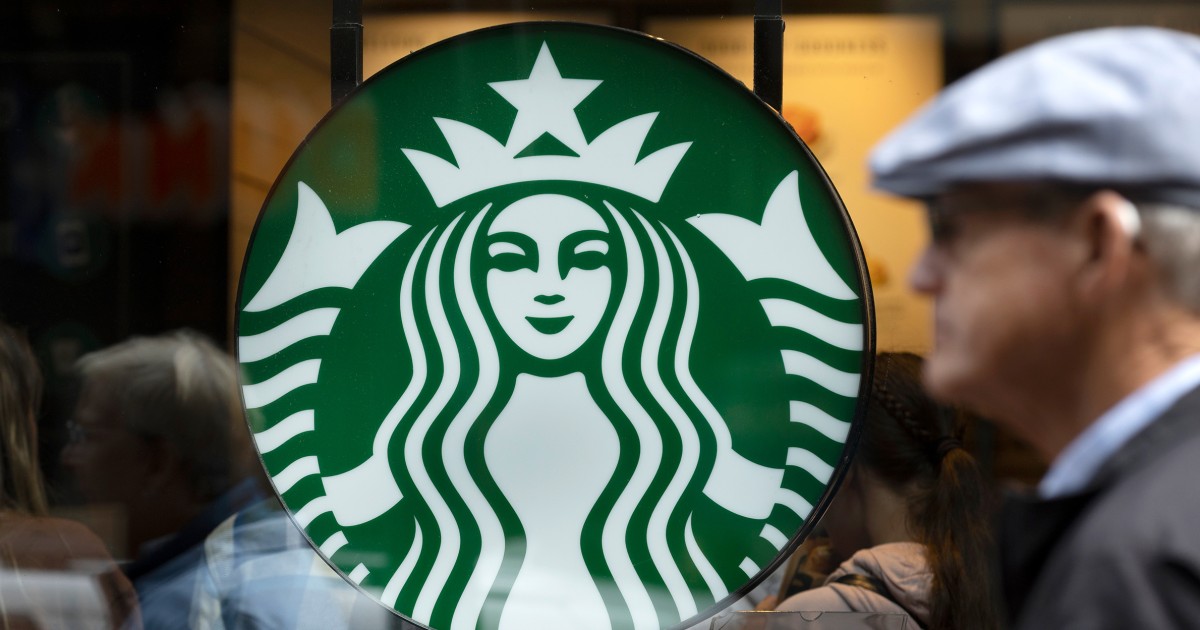Starbucks Baristas Stage Massive Strike Over Controversial Dress Code Changes
More than 2,000 Starbucks baristas across the U.S. walked off the job on Tuesday, staging a coordinated strike to protest the company’s newly enforced dress code policy. The labor action, organized by the Starbucks Workers United union, marks one of the largest employee uprisings in the company’s history and underscores growing friction between corporate mandates and worker demands for flexibility and autonomy.
Why Baristas Are Pushing Back Against the Policy
The updated dress code, quietly rolled out last month, imposes stricter guidelines on employee attire, including:
- A ban on colored nail polish and visible tattoos
- Restrictions on piercings (limited to one per ear)
- Mandatory solid-color aprons without personal pins or accessories
Workers argue the rules stifle self-expression and disproportionately impact marginalized groups. “This isn’t just about clothes—it’s about respect,” said Jessica Morales, a barista in Chicago and union organizer. “Many of us use tattoos or cultural accessories to celebrate our identities. Corporate doesn’t get to erase that.”
Corporate Defends Policy as “Brand Consistency Measure”
Starbucks executives maintain the changes align with “global brand standards.” In a statement, Chief Operations Officer John Smith emphasized, “These adjustments ensure a consistent customer experience and workplace safety.” The company cites a 2022 internal survey where 68% of customers reportedly associated “clean, uniform appearances” with quality service.
However, labor experts challenge this rationale. Dr. Elena Rodriguez, a workplace policy analyst at Cornell University, notes, “Dress codes often mask deeper issues. When companies prioritize aesthetics over employee morale, turnover spikes.” Indeed, Starbucks reported a 24% increase in barista attrition last quarter—a trend some attribute to mounting dissatisfaction.
Historical Context: A Brewing Labor Conflict
This strike follows years of escalating tensions. Since 2021, over 350 U.S. Starbucks stores have unionized, demanding better wages, staffing, and now, policy input. The dress code dispute mirrors similar battles at Amazon and Apple, where workers resisted rigid uniformity rules.
Notably, Starbucks’ 2014 “Come As You Are” campaign once celebrated individuality—a stark contrast to today’s crackdown. “The hypocrisy is glaring,” remarked Morales. “They profit from diversity ads but police our appearances.”
Economic and Social Repercussions
The strike’s timing couldn’t be worse for Starbucks. With holiday sales looming, the walkouts could cost an estimated $12 million daily in lost revenue, per retail analysts. Meanwhile, social media amplifies the backlash: #NotYourUniform trends globally, with customers boycotting stores in solidarity.
Yet some side with management. “Uniforms exist for a reason,” argued customer Mark Thompson outside a Manhattan store. “If I wanted a circus, I’d go to one.” Such divides highlight the balancing act between consumer expectations and worker rights.
What’s Next for Starbucks and Its Workforce?
With negotiations stalled, the union vows to escalate protests unless the policy is revised. Legal avenues may also emerge; the National Labor Relations Board recently ruled that overly restrictive dress codes can violate labor laws if they impede collective action.
For now, the ball is in Starbucks’ court. Will it double down or compromise? As Rodriguez warns, “Ignoring employee voices risks more than profits—it damages a brand’s soul.”
Want to support baristas? Follow @SBWorkersUnited for updates or sign their petition at starbucksworkersunited.org.
See more Business Focus Insider Team

